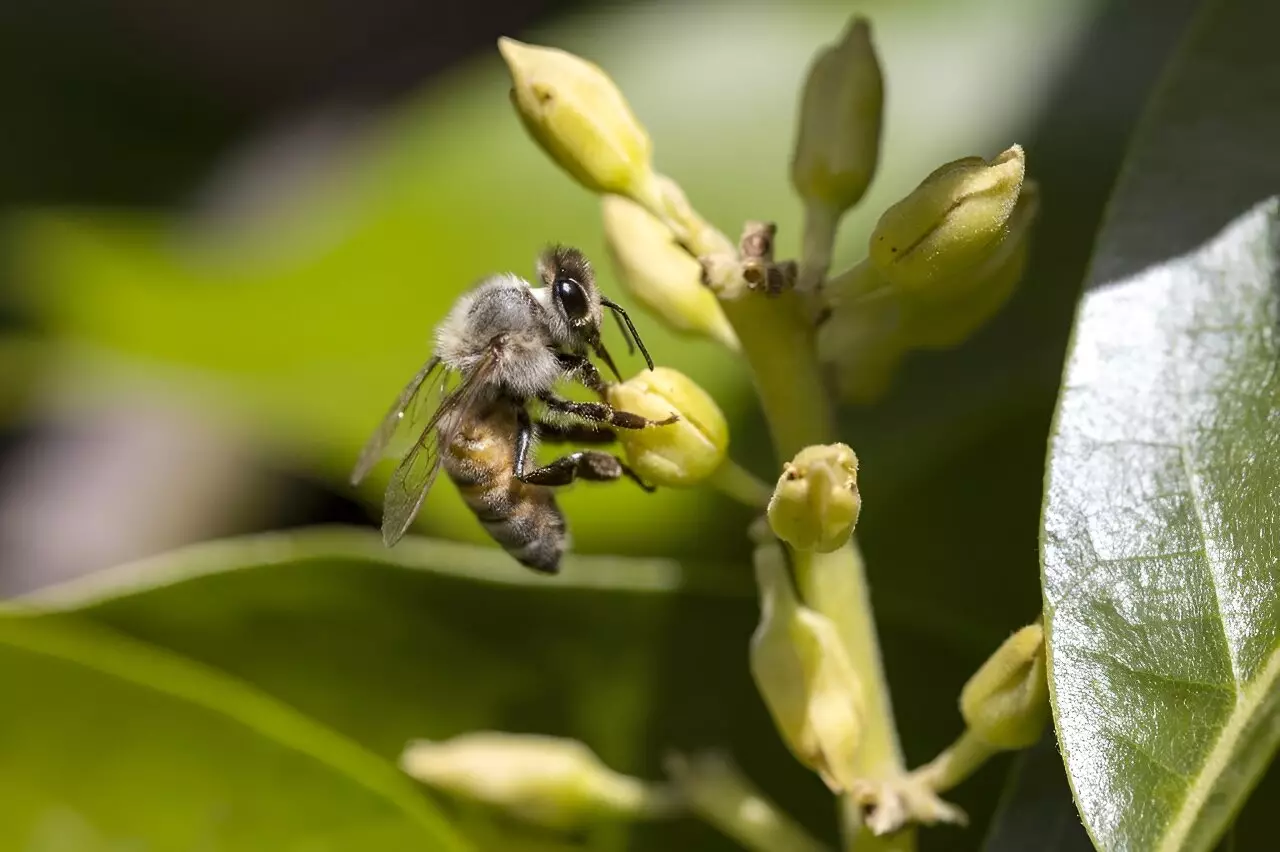The field of technology is constantly evolving, and human beings have always sought inspiration from the natural world around them. As we face the challenges posed by climate change, it becomes even more crucial to look to nature for innovative solutions. Artificial intelligence (AI) can greatly benefit from studying the robustness and efficiency of natural systems. Researchers at the University of Edinburgh believe that nature can educate AI in ways that human creativity cannot. In this article, we explore several examples of how nature has inspired technology advancements across different areas.
Ants and bees navigate using the position and intensity of sunlight. Replicating their eye structure, researchers have constructed a compass capable of estimating the sun’s location in the sky, even on cloudy days. Unlike traditional compasses that rely on Earth’s magnetic field, this light-detecting compass is not easily disturbed by electronic noise. With adequate funding, this prototype could be transformed into a more compact and lightweight product, suitable for a range of applications. Additionally, it has the potential to work on any planet with a visible celestial light source.
Water scarcity is a significant problem in many regions, and scientists have turned to spiders for inspiration. By mimicking the silky threads of a spider web, researchers have created a fabric capable of collecting drinking water from morning mist. The intricate “spindle-knots” on this artificial fabric allow large water droplets to collect, potentially providing a solution to water scarcity in regions that suffer from it. Once mass production of this fabric becomes viable, the water collected could reach a considerable scale for real-world applications.
Taking inspiration from the way vines grow, scientists have developed an inflatable robot that “grows” towards light or heat. These tubular robots can navigate using fluid-filled pouches, eliminating the need for costly electronics. One promising application of these robots is fighting smoldering fires, such as peat fires, which contribute to carbon emissions. However, before these robots can be effective in combatting fires, they need to become more heat-resistant and agile.
Nature’s influence extends beyond animals to include microorganisms. Researchers at the Unconventional Computing Laboratory in Bristol have found a way to use slimy kombucha mats to create “kombucha electronics.” Electrical circuits can be printed onto dried kombucha mats, making them capable of illuminating small LED lights. These mats are sustainable, biodegradable, and even water-resistant. They have the potential to be incorporated into wearable technology, such as heart monitors or step-trackers, providing seamless integration with the human body. In terms of cost and flexibility, these mats outperform traditional plastic, but there are still obstacles to overcome regarding durability and mass production.
Pangolins, known for their unique scale-covered bodies, have inspired a new generation of tiny robots. These robots have a design that allows them to roll through the human digestive tract, delivering medicine or stopping internal bleeding in hard-to-reach areas. Lead researcher Ren Hao Soon of the Max Planck Institute for Intelligent Systems stumbled upon the inspiration for these robots while watching a YouTube video. The soft but durable structure of the pangolin makes it a perfect model for this type of robot. Though still in the early stages of development, these robots hold great promise and can be manufactured at an affordable cost of around 10 euros each.
Nature continues to amaze and inspire with its ingenious solutions to various challenges. As climate change becomes an increasingly urgent issue, it is essential to turn to nature for inspiration in our technological advancements. From insect-inspired compasses to water-collecting fabrics and inflatable robots, the possibilities of nature-based technology are limitless. By finding innovative ways to integrate these natural designs into AI and other technological systems, we can pave the way for a sustainable future. Nature’s robustness and efficiency offer valuable lessons that can shape the development of smart, environmentally friendly solutions.


Leave a Reply